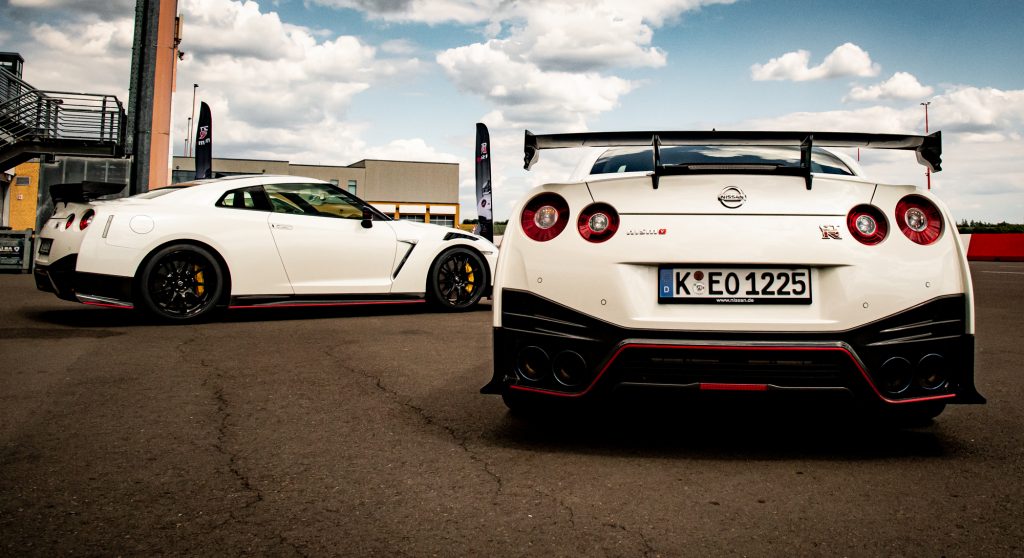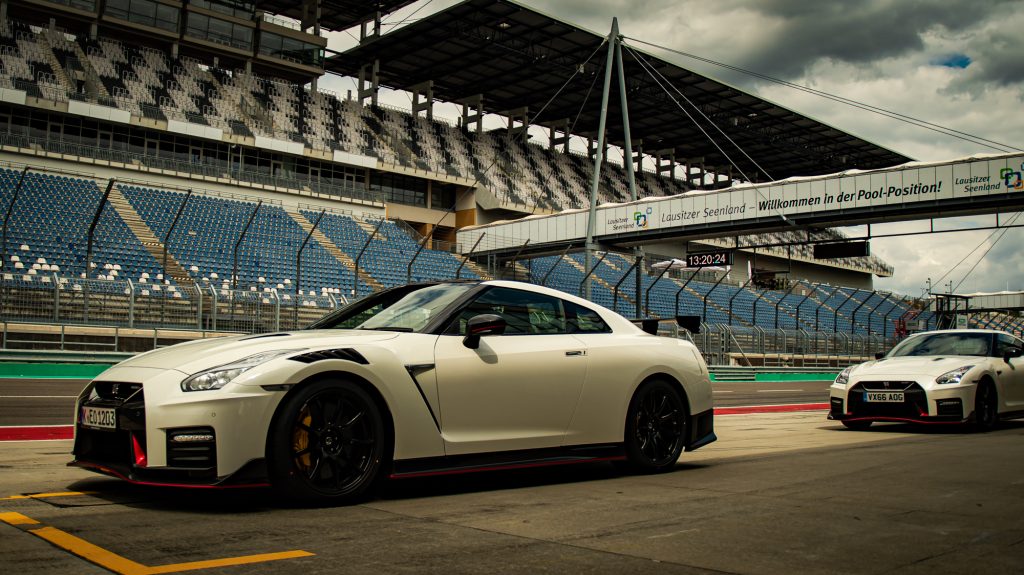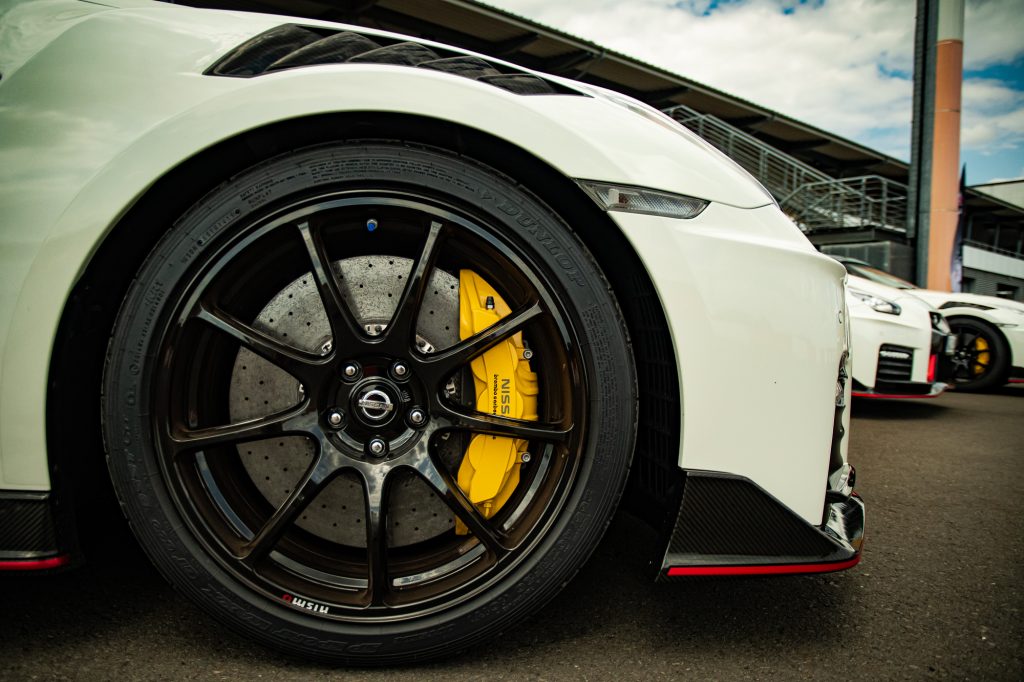Test Drive: 2020 Nissan GT-R NISMO
Great grip, linear steering and a spooky-good automated manual gearbox

The 2020 Nissan GT-R NISMO is likely the brand’s last GT-R to run on gas, and it’s also likely the very best. The car is the result of a tireless commitment to surely and steadily make improvements. Stats like a 600hp twin-turbocharged V-6 engine, zero to 60mph in three seconds and all-wheel drive all make this vehicle very competitive, but Nissan restricted sales of the GT-R and never made an effort to sell more than 3,000 per year. The next GT-R—if such a car gets produced—may be all-electric, and will be updated a lot more frequently. It also won’t cost the brutally high price of this $212,435 final edition. If you can ignore that number, this is an astonishing automobile. If it’s the last of its kind, it will almost surely appreciate in value, too.

We flew to Berlin to test the 2020 GT-R NISMO, but we didn’t just drive that car. We also drove a 2019 GT-R NISMO as well as the 2017 edition and while the 2019 car is splendid, the 2020 has better grip, the most linear steering we’ve ever experienced and a spooky-good automated manual gearbox.

How did Nissan pull this off? It starts with shedding weight. At 3,850 pounds for the new, lighter NISMO edition, it’s relatively heavy compared to, say, a Porsche 911—the benchmark for GTs. Nissan’s Bob Laishley, the global program director for this vehicle and for motorsports, says the only thing that’s “sacred about GT-R is overall balance and, relatively speaking, a car that’s practical.” The GT-R has the burden of a real trunk and real backseats. The 911’s aft perches can barely accommodate an infant, let alone an adult-sized human that can fit in the back of the GT-R. Barring excising those then, Nissan jettisoned heft from the ends of the car, where you feel it most in the steering, removing 10 pounds from the front fender alone, then added a carbon fiber roof and hood. A pound here and there (for 44 pounds total) might not seem like much, but you can actually feel it.

If an incremental diet pays big dividends, especially in the way the Nissan dives into corners, so does cutting mass at the ends of the suspension. So-called unsprung weight works directly against control, loading steering and fighting agility. To counter that, the team selected silicon carbide brakes that help shed just shy of 40 pounds of unsprung weight from all four corners of the car.

The new front fender was also revised to send more venting to those brakes to resist fade. They bite very hard, but unlike some racing brakes, the pedal feel is linear rather than like smashing a rock with the ball of your foot.

Those brakes get paired to a newly developed Dunlop tire with a softer shoulder that allows it to increase its footprint by 11%, leading to 7% more grip. Again, you feel this in braking and especially in how easy it is to let the GT-R drift around with pinpoint control. An already excellent GT car now feels even more precise and surefooted—it drives as if it’s carving into the asphalt rather than skating across the pavement.

Off the track, the lower weight also means Nissan could soften the suspension, making the new car reasonably forgiving. After six hours behind the wheel it’s far more livable than a lot of cars at this extreme end of the performance spectrum.

Automated manuals are the norm on performance cars these days. Mostly, that means they’ll upshift for you, and maybe downshift under a hard throttle input. That’s about it. On the track you want to shift them yourself. The 2020 GT-R NISMO’s new algorithmic update allows this gearbox to read driver behavior and know the right gear based on steering input, brake input, vehicle speed, longitudinal and lateral G forces, as well as engine torque, and handle the duties of gear changes, both up and down the six cogs.
On the track, we want to shift manually at first, but the harder we drive, the more we want to try the automated mode. Quickly we realize the car down- and up-shifts better than we ever could. While this still isn’t our favorite-shifting dual-clutch style gearbox (partly because it sounds oddly like a high-powered microwave whirring away and six gears just isn’t enough of a spread between 0 and 200mph), in the heat of battle it’s astonishingly accurate—and nobody cares about the finer points in that situation.

This is the final GT-R on this platform—though Nissan officials will all but say that aloud. Nissan is also in the midst of multiple transitions: its leadership is under question after the former CEO was forced out and a potential merger of the Nissan-Renault Alliance with Fiat-Chrysler was called off. But the less-discussed transition is that Nissan itself is full-bore on electrification. The Nissan Leaf is being eclipsed by Tesla’s Model 3, but Nissan is in a bigger battle with the likes of Kia and Hyundai as well as VW to sell EVs at way beyond Tesla volumes starting in the next few years.

While Laishley wouldn’t tell us exactly what will come next, he does say, “We’ve proven with GT-R that we’re capable of making something heavy go very quickly.” Since battery-powered cars are porky, knowing how to make that weight feel lighter is critical for every carmaker.

Further, he hints at something that’s clear within the company: a $212,435 GT-R NISMO is more than double the price Nissan was asking for the GT-R on the same chassis a decade ago. Yet Laishley refers to NISMO’s mandate as “affordable” performance. For a mass brand like Nissan to be this upscale is a problem, even if it’s arguably the best version of any car to wear the GT-R name. What comes next, perhaps is supercar EV performance with AWD and 300 miles of range as well as a useable backseat. Sure, other buyers will want that new Corvette instead, but if Nissan can deliver this kind of handling along with Tesla’s range and practicality at half the price, they’ll find a lot of buyers.
Images by Michael Frank












